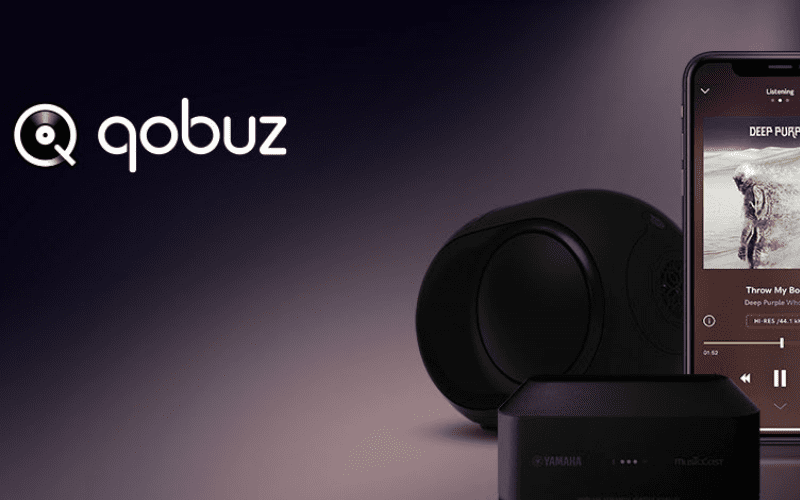
Our collective taste, though far-reaching, is by no means the rule, but it paints a picture. In fact, only once since January 2019 – 31 playlists ago – have all our 20 picks been available on Qobuz, with numbers ranging from a high of 19 in March to only 13 last April. New music seems a particular issue, but established records are missing, too: we put together a playlist of test tracks each month and Qobuz is always the service with the most gaps. While it's inconvenient to discover that the latest album or track by your favourite artist isn't available in hi-res on your chosen streaming service, it's downright annoying if it isn't available at all. On the flip side, however, we often find albums on Tidal, Spotify, Apple Music and Deezer that aren't available on Qobuz at all – which we would argue is a far bigger issue. Numbers rarely tell the whole story, but we regularly find hi-res albums on Qobuz that are available in only CD-quality on Tidal. Recent figures put the total number of hi-res tracks at over 2m, while Tidal claims 'only' over 1m. It might even draw closer attention to mastering quality differences that often outgun streaming service deltas.Qobuz's comparatively high price has always been partly justified by its exhaustive library of hi-res music (FLAC 24-bit up to 192kHz).
#QOBUZ VS SPOTIFY 320KBPS#
Why force our non-audiophile friend into immediate discomfort with a change of interface and a greater chance of pulling a blank on album/song searches?īesides, our inner pragmatist knows that to appreciate the qualitative shift from Spotify’s 320kbps Ogg Vorbis to Tidal or Qobuz’s CD/hi-res FLAC our friend needs time and, in the first instance, better hardware. We also know that the gear shift from a Bluetooth speaker to an entry-level hifi system will have a far greater impact on the listening experience than any streaming service switch-up.Īn entry-level pair of loudspeakers (think €400) and matching amplifier (think €400 again) will put proper stereo separation, scaled up performances and more arresting dynamics into our friend’s listening space without selling short Spotify’s lossy encoding. Spotify’s strengths are its comprehensive contemporary music library and its UI. When we mentally picture a friend – a music fan just like us – listening to Spotify using a Bluetooth speaker, we might ask ourselves: which will have the biggest impact on their listening experience: 1) upgrading the Spotify account to Tidal Hifi or Qobuz or 2) upgrading their current Bluetooth speaker to a pair of standmount loudspeakers and an amplifier? The idealist within us screams “Both!”. If we are to convince others that better sound quality is worth time and money, we must silence our inner grump. It’s incredibly tempting to rubbish the lot: Spotify is shit and so is Bluetooth.īut wait. We see our friends and relatives listening to lossy streams through 10 cent transducers which often suffer a second lossy blow via Bluetooth. Our audiophile-centric despair deepens when we see the audio hardware in play: at worst a smartphone or laptop speakers, at best a Bluetooth loudspeaker. When we talk to our non-audiophile friends (and family) about their chosen music sources, we hear repeated mentions of Spotify, Apple Music, Amazon and YouTube Music (and very little else). This audiophile niche is a long way from mainstream reality where physical formats are relics and lossy streaming on a smartphone sounds good enough. Many of us, including this commentator, spend money on all of the above. It’s why we purchase FLAC files from Bandcamp whose direct-sell model does away with the considerably deeper cuts of 1) pitiful streaming service pay rates and 2) rights holder commissions to remunerate musicians directly (minus 10% – 15%).


It’s why we subscribe to streaming services like Tidal or Qobuz. “Garbage In, Garbage Out” goes the mantra. Audiophiles – we know about the importance of source quality.


 0 kommentar(er)
0 kommentar(er)
